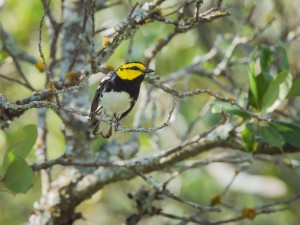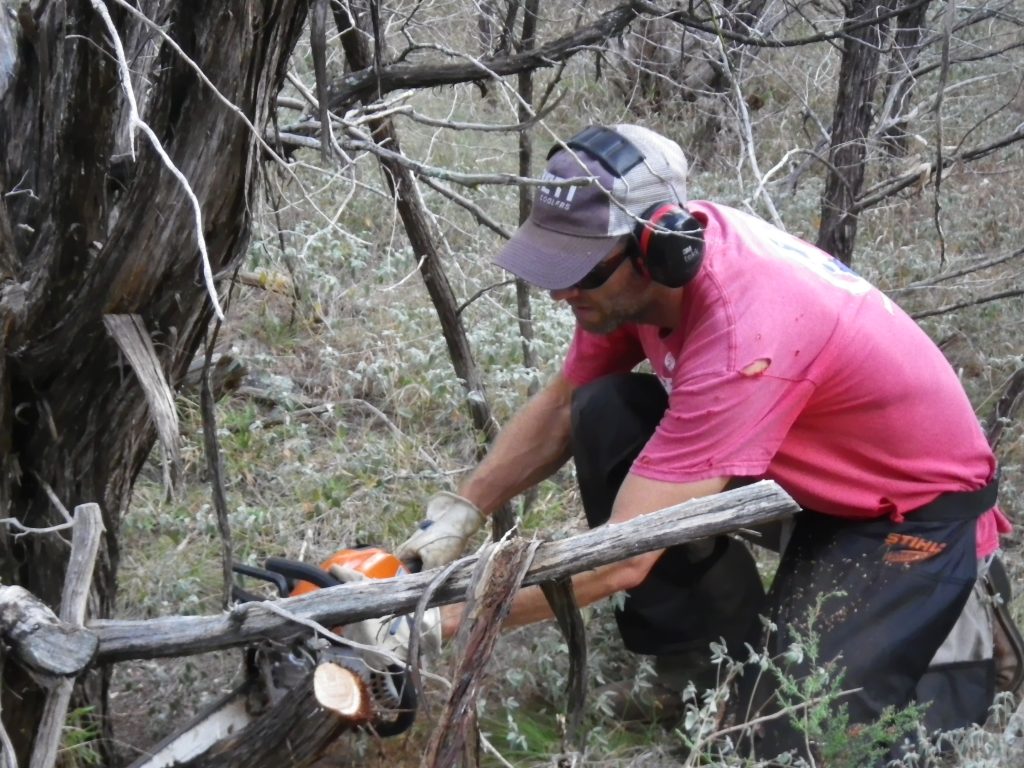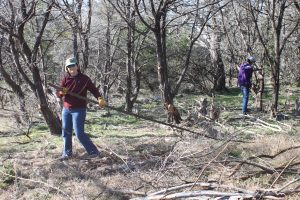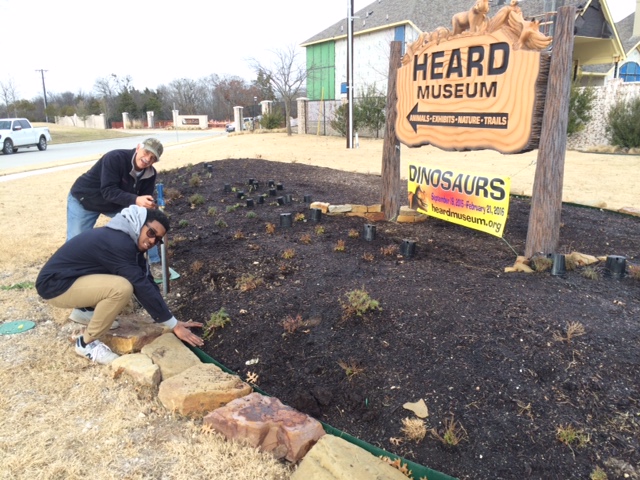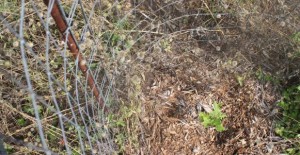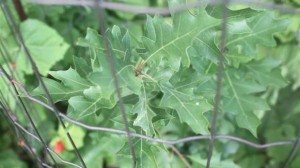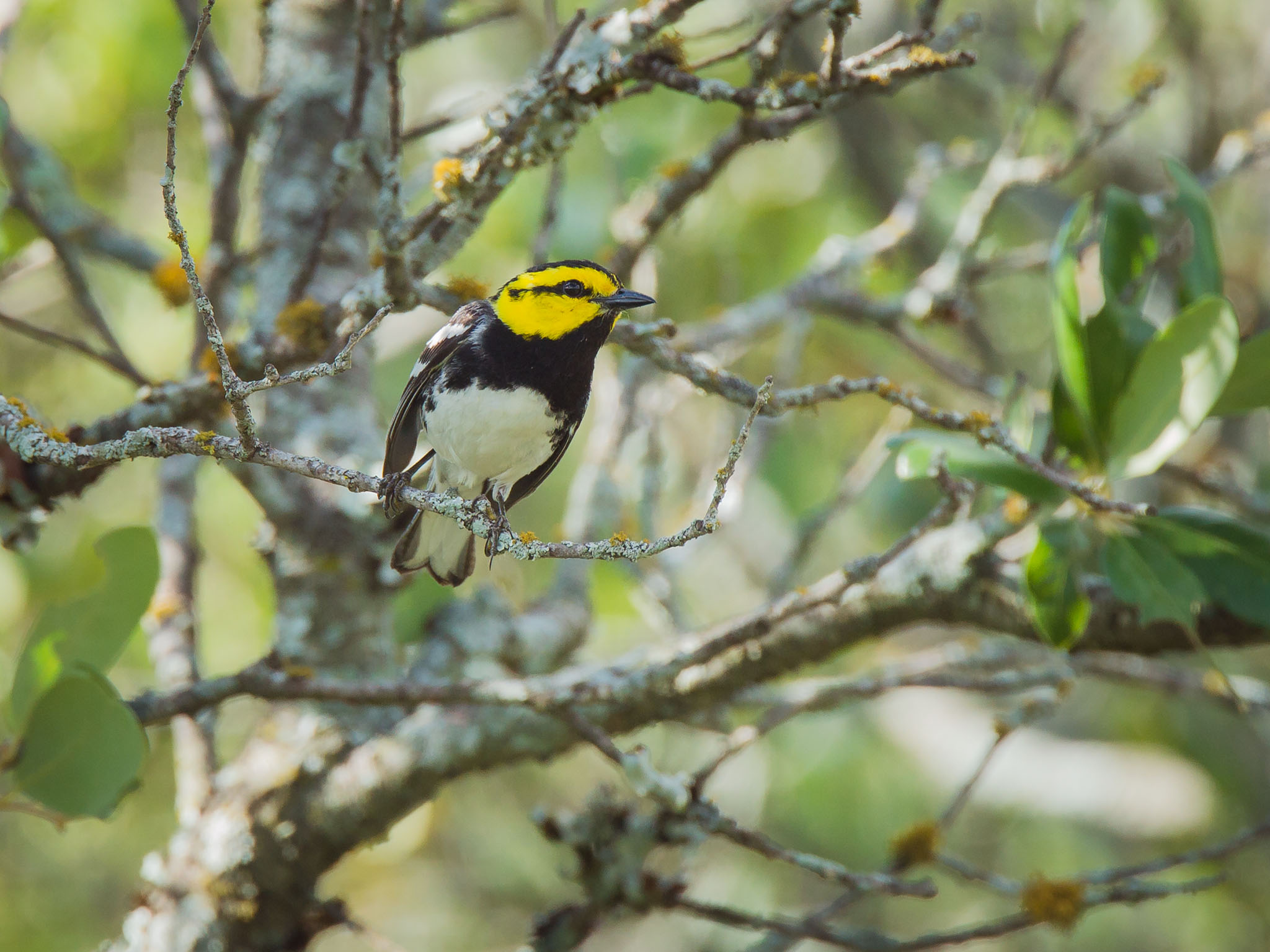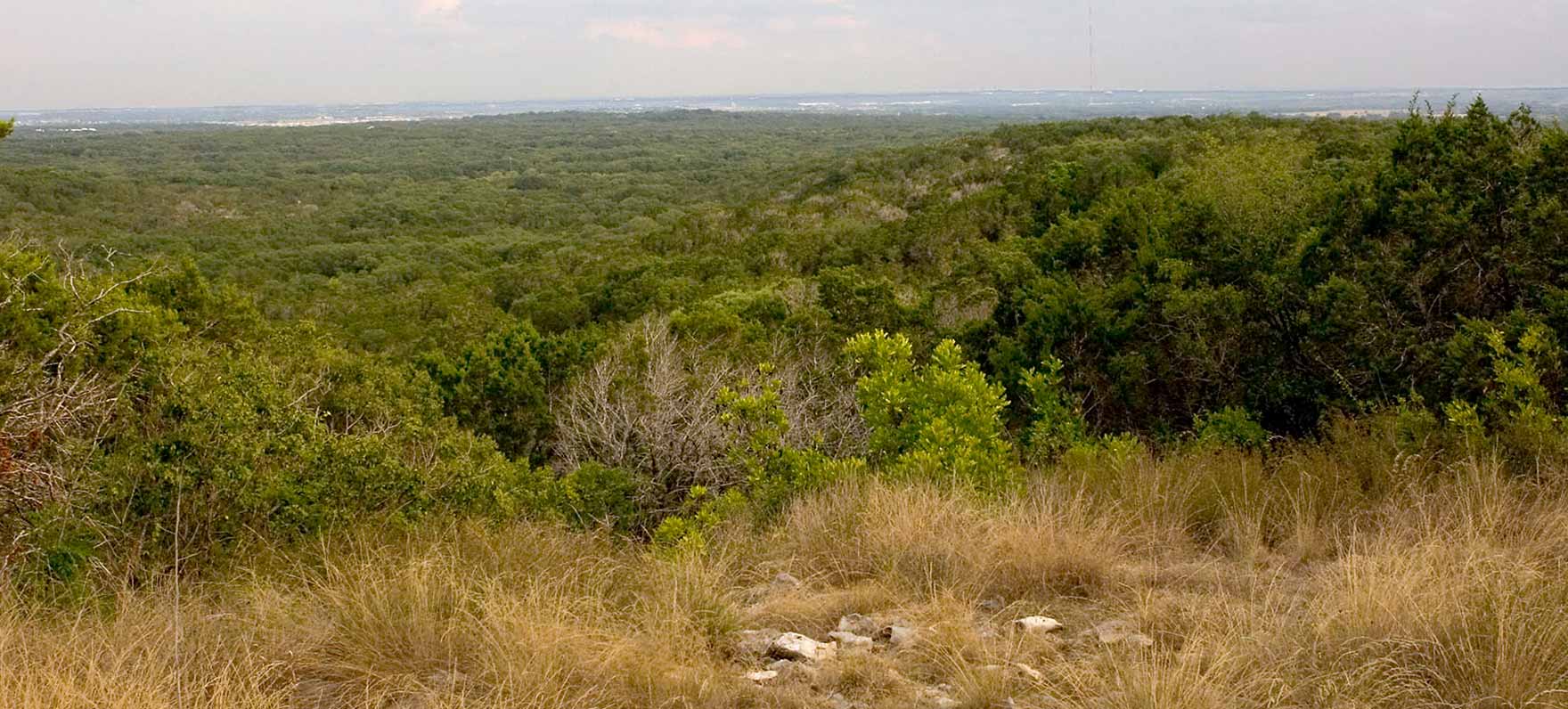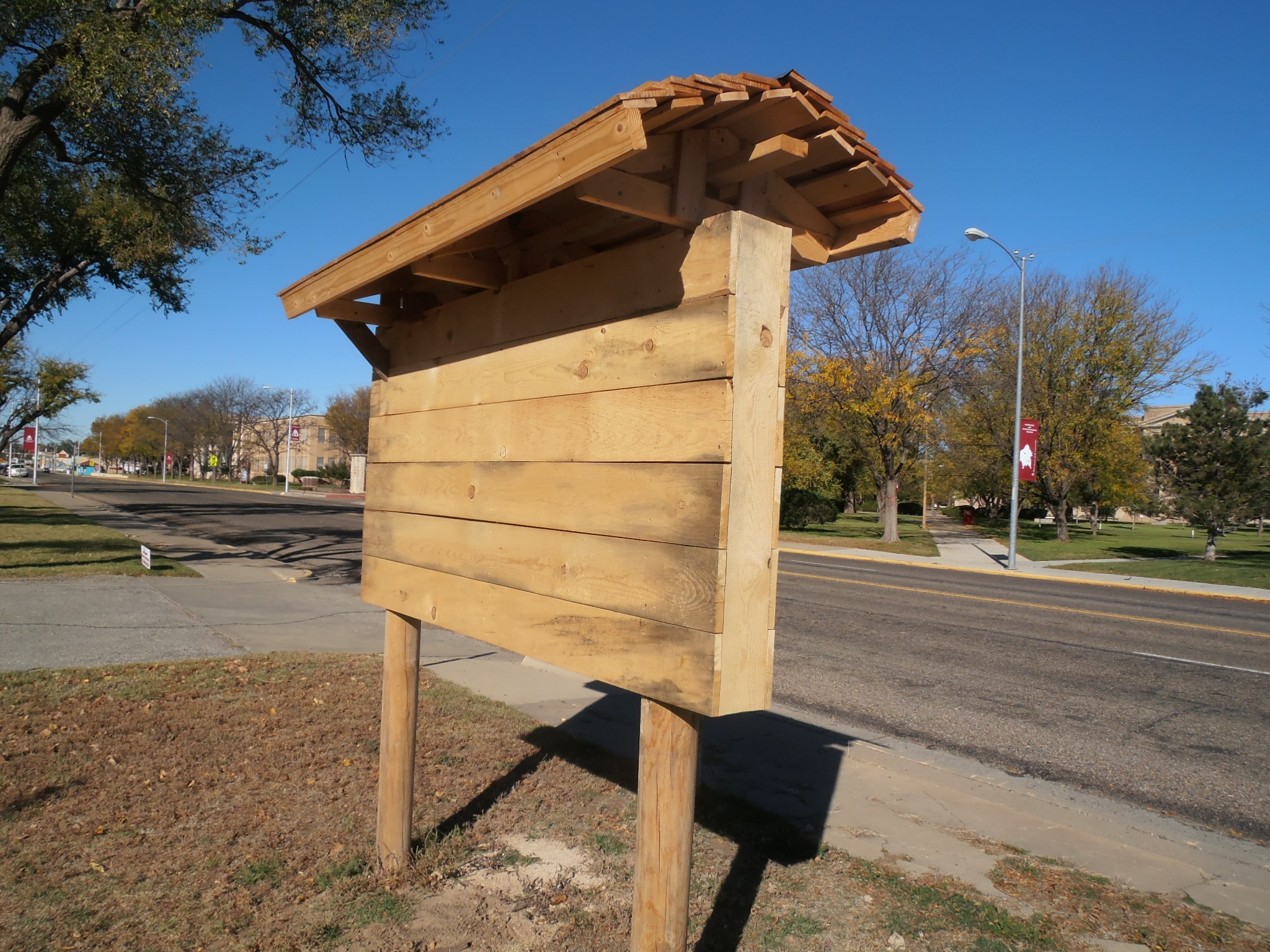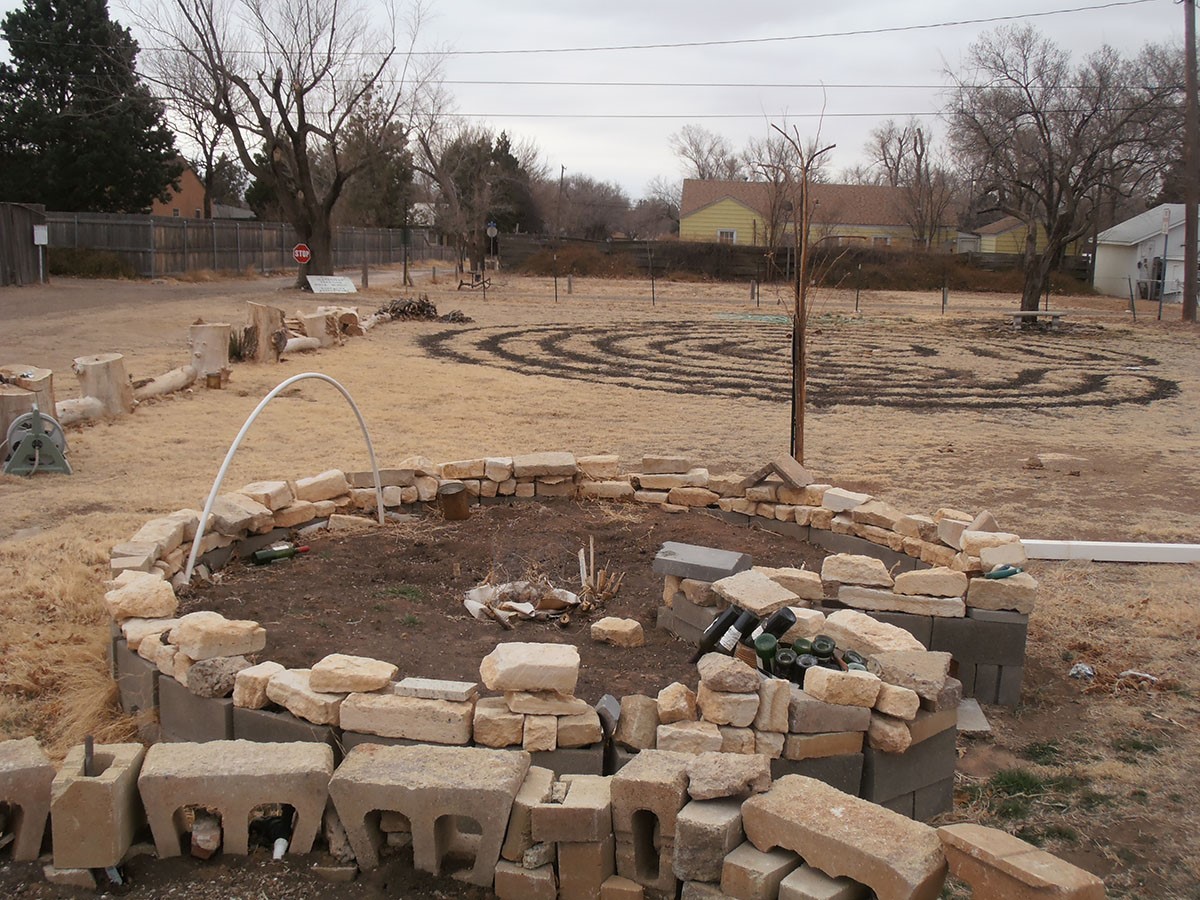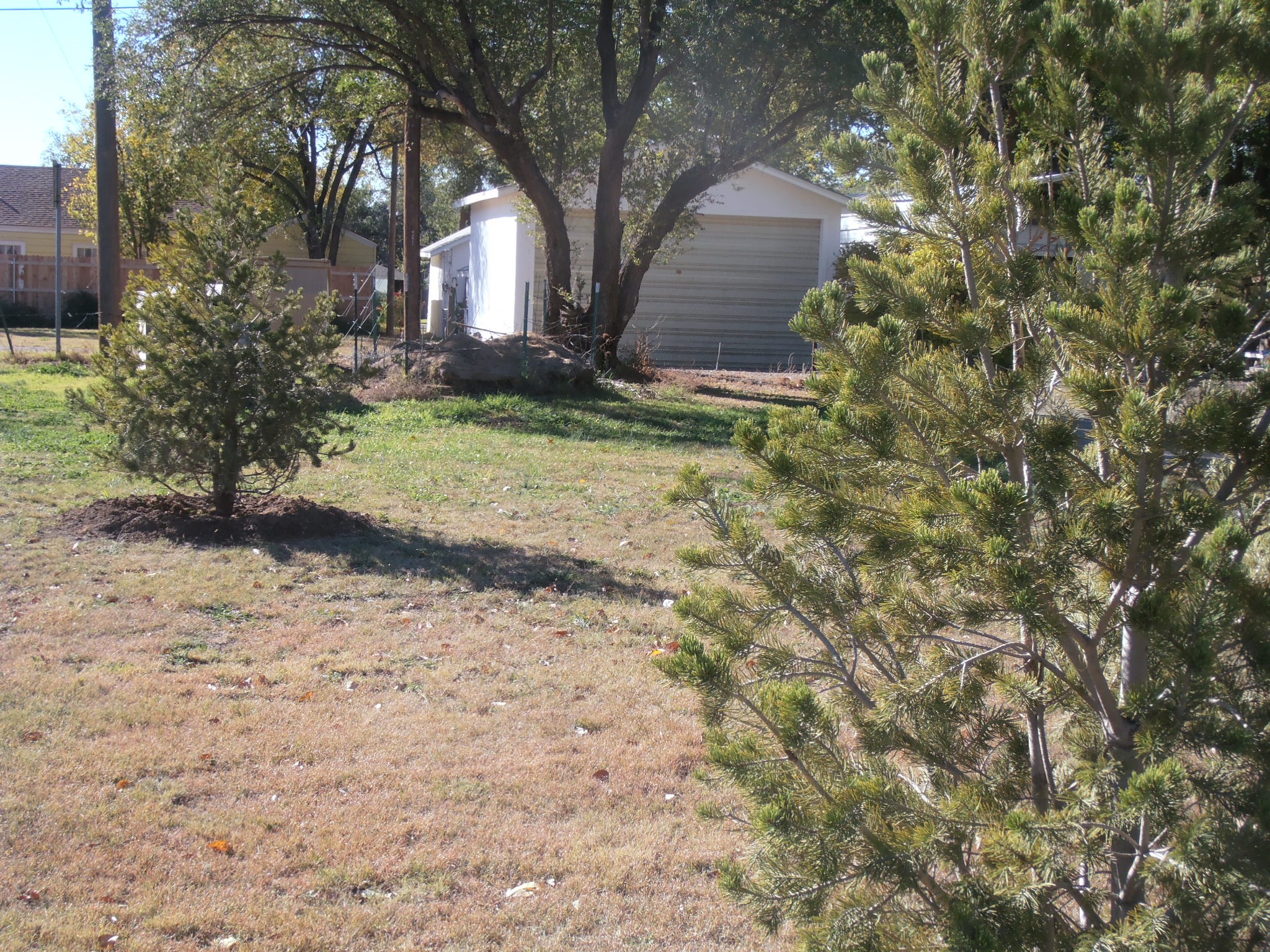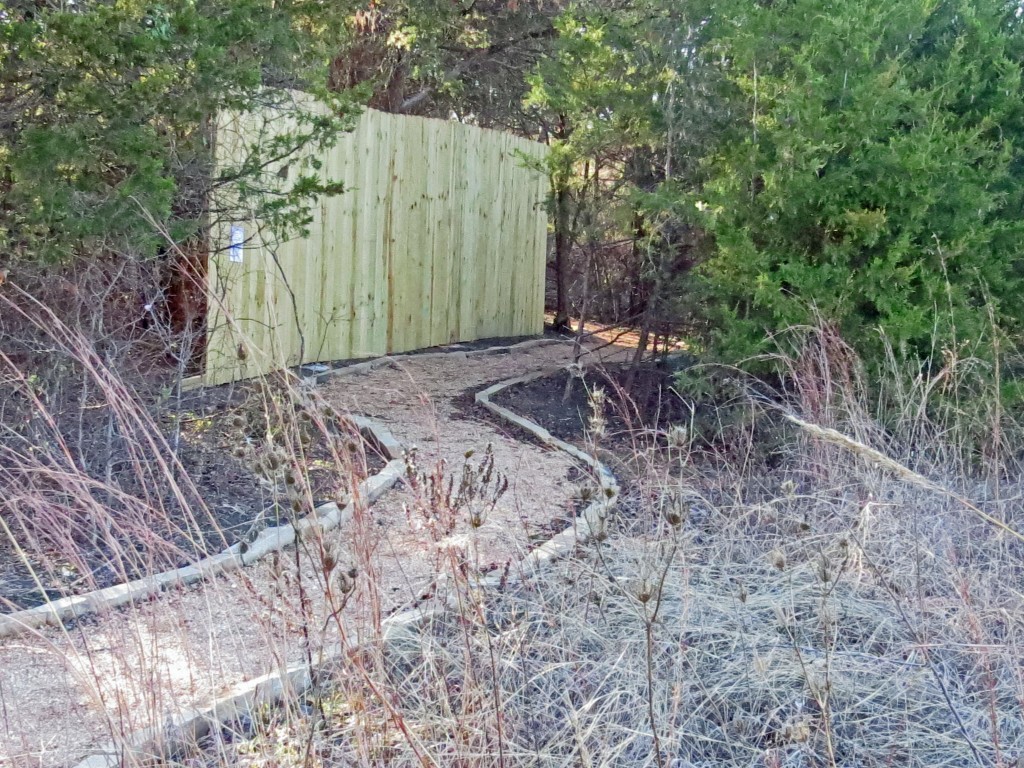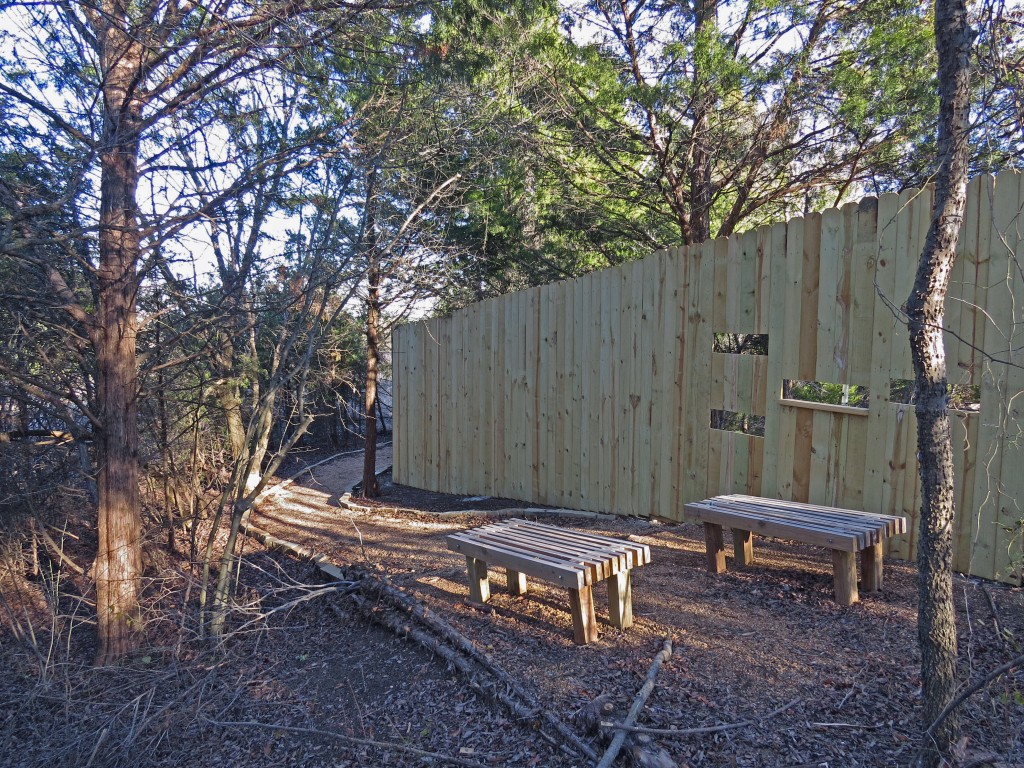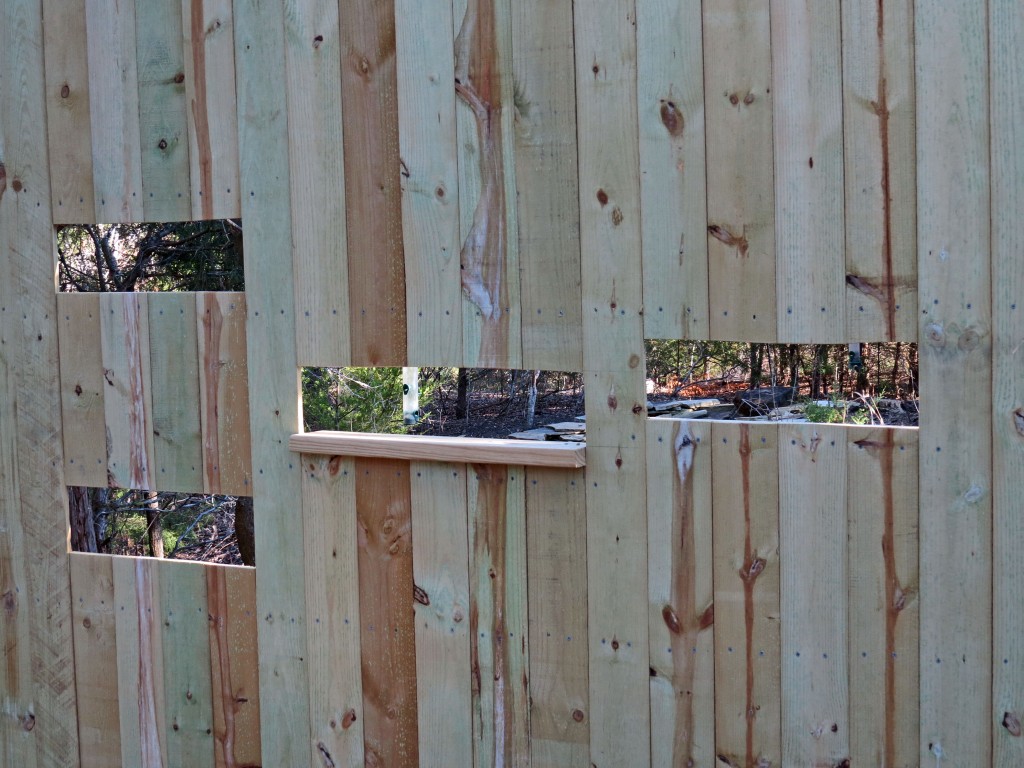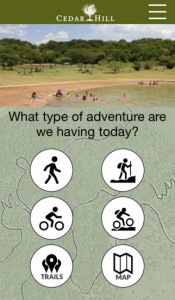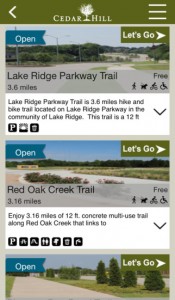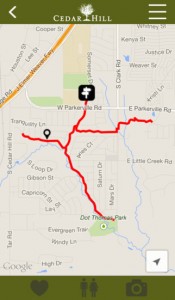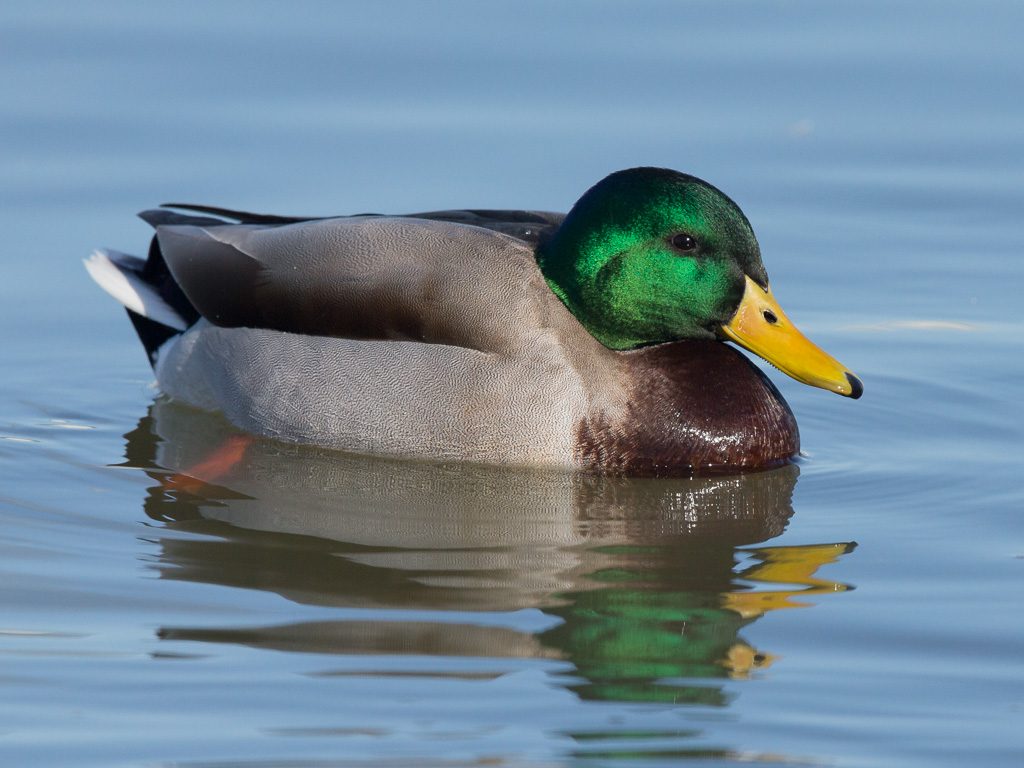
An Audubon Dallas Society Project
Funded by Audubon Foundation of Texas
Audubon Dallas supports the conservation of birds and other wildlife, the protection of habitat and biodiversity, and the provision of education and opportunities for our entire community to observe and appreciate birds and nature. As a part of this mission, Audubon Dallas is the proud sponsor of The North-central Texas Master Birder Program “”NCTMB”). NCTMB is a course in field ornithology for intermediate-level birders. It is designed to provide participants with techniques to enhance applicants’ existing bird identification skills and general knowledge of birds, ecology, conservation, and habitat requirements in Texas. It is also an “education for service” initiative. Participants receive advanced training in field ornithology in exchange for volunteer services to the North-central Texas community. This report will summarize activities specific to the funding provided, which was earmarked for the purposes of increasing capacity in the Master Birder program. Audubon Dallas received 34 applications. The program was able to accept 12 birders, all of whom completed the program.
All of the $1,000 provided by this grant where used to support the Master Birding program, with expenses including printing of study materials, scholarships for participants, honoraria for guides/speakers, transportation costs, supplies for field trip excursions/lectures, entrance fees, and name badges produced for graduates.
The Master Birder program graduated 12 birders, each of whom participated in 10 field trips to wildlife habitats across the North Texas area (Cross Timbers and Blackland Prairie ecosystems). The participants are active volunteers in the local naturalist community, and excellent spokespeople for the program itself. Graduates lead bird walks in the Trinity Bird Count, Hagerman National Wildlife Refuge, John Bunker Sands Wetland Center, White Rock Lake, and Richardson Parks Department. They help to build a pipeline of future participants by teaching a 3-week Birding 101 class for new birders through North Texas Master Naturalists program. Furthermore, Audubon Dallas maintains relationships with the graduates as part of its developing education volunteer program.
